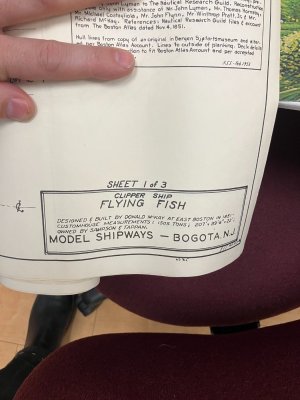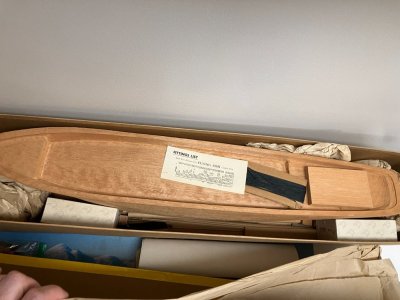Hi all, I recently got a gift of a Model Shipways Clipper Flying Fish kit and had some questions. I used to make models as a child and enjoyed it, and thought I'd give this one a shot. From what I can tell, it's an older model, being a solid body, the more recent ones seem to have a ribbing that you need to assemble.
1. Is this a doable first ship model?
2. Is it normal to just have to follow a set of blueprints? no assembly instuctions?
3. any tips?
Thanks in advance, this forum seems like a cool place.


1. Is this a doable first ship model?
2. Is it normal to just have to follow a set of blueprints? no assembly instuctions?
3. any tips?
Thanks in advance, this forum seems like a cool place.








